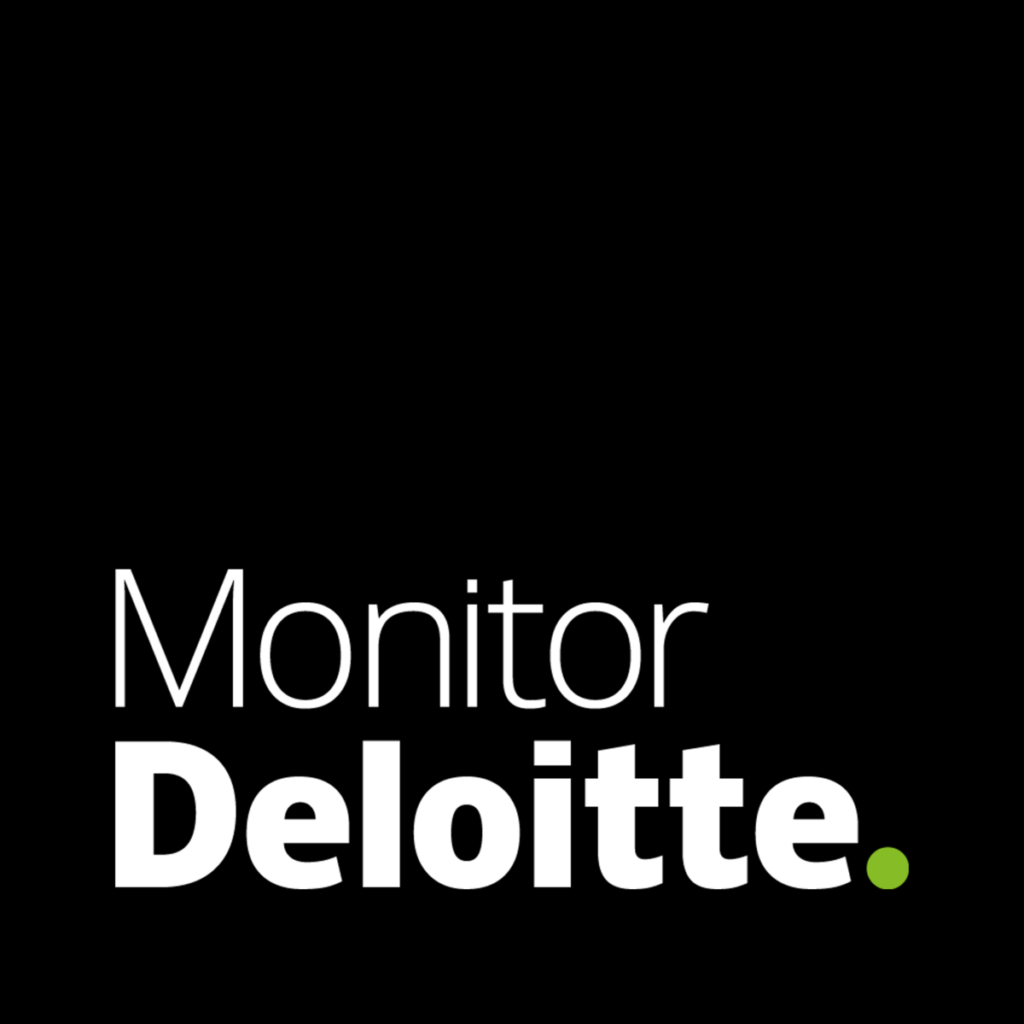How might philanthropy change over the next ten years?
The What’s Next for Philanthropy in the 2020s initiative engaged more than 200 philanthropy executives, professionals, donors, board members, experts and grantees to look for possible answers to this question. In many of the conversations, we heard exciting ideas about how effective philanthropy could evolve over the coming decade.
What if, for example, philanthropy optimized for agility and innovation and less on meticulous processes and closely defined outcomes? What if funders set up community “accountability councils” instead of just “advisory councils?” What if foundations shared their endowments with historically marginalized populations to truly begin building assets in those communities?
Other leaders we spoke with were more circumspect about whether philanthropy will significantly change. They noted that the field is insulated from many of the forces that drive adaptation in other industries and circumstances. Permanent endowments, strong long-term investment returns and massive wealth creation have buffered philanthropy against financial pressures faced by many grantees and communities. The Tax Reform Act of 1969 cemented the legal and regulatory framework for foundations and many funders in the U.S. remain broadly governed by those same rules five decades later. Sustained public critique has the power to change the field, but it’s hard to know what will actually stick. A brief skim of the 25,000 articles that assert “philanthropy must” or “philanthropy needs to” do something shows that most critiques fade away over time. With relatively low financial, regulatory and public pressure, “what’s next for philanthropy” usually mirrors what has always been.
Yet while philanthropy is often insulated from change, the past 18 months have shown that it is not necessarily immune. The COVID-19 pandemic and growing demands for racial justice have spurred many funders to adapt to a changing context. Decades of entrenched practices, from spending rates to grantee reporting requirements to major programming decisions, changed in a rapid period for many funders.
Over the next decade, we expect a handful of powerful social, economic, and political trends and forces to put similar pressure on funders to change. We’ve identified seven “Big Shifts,” ranging from climate emergencies to income inequality to a shifting social compact, that have the potential to create a new context for the work of philanthropy.
Alongside these shifts—and in many cases, in response to them—funders are continuously experimenting with both new and rediscovered ideas. And those practices that are particularly well aligned with how the world is changing will have an outsized potential to grow. Our research has surfaced four of these key “Edges” in philanthropy that can ride the momentum of the Big Shifts and scale in a way that will allow them to influence—or even overtake—the core practices of philanthropy over time. These Edges are:
Rethinking Philanthropy’s Role: Many funders are reconceptualizing their role in creating social and environmental change. Whether it’s MacKenzie Scott giving large, no-strings-attached gifts or the Omidyar Network ambitiously taking on the challenge of “reimagining capitalism,” funders are getting more intentional about the different tools and approaches they can use to create impact, from getting out of the way of talented nonprofit leaders, to leading large-scale systems change, to funding innovation and agility in the social sector.
Balancing Power: Growing awareness of economic, racial and social disparities has shined a light on the imbalanced power dynamics that underlie philanthropy. Some funders, like Arnold Ventures, are leaning into the unique power and influence they hold to create change. Organizations like New Profit and The Whitman Institute are exploring how they can drive impact by sharing power with—and in some cases, even ceding it to—those who are more proximate to community issues.
Catalyzing Leverage: Philanthropy has never had the resources to solve pressing social issues alone. But funders are getting much more sophisticated in how they influence and leverage the assets of others—not only partnering with other funders but finding new ways of working with business, as the James Irvine Foundation is now doing with TV and film studios in Los Angeles, or influencing government funding flows, as a coalition of other funders in LA has recently done around homelessness.
(Re)designing the Enterprise: Philanthropies have often been guided by a number of “default settings” for how they organize and structure their work and their people. But many funders, from the W.K Kellogg Foundation to the Headwaters Foundation, are finding traditional organizational models, programmatic silos and board governance approaches are no longer the best fit for achieving their goals in today’s social change landscape and are experimenting with new organizational structures, talent and governance strategies.
Across these Edges, we’ve gathered the stories of more than 100 examples of funders who are anticipating the Big Shifts that will affect their work and developing new approaches to respond to them. We’ve also developed primers for each of the seven shifts (coming soon), as well as an interactive exercise called “Flipping Orthodoxies” that can help philanthropic leaders and boards question old assumptions about their work and imagine new possibilities. You can find all of these materials at futureofphilanthropy.org.
Our hope is that the resources can help funders get on their front foot when it comes to understanding and adapting to changes in the world over the coming decade. They provide not only an analysis of where the field might be headed, but also a way of helping funders talk about the Big Shifts influencing their work and the exciting Edges they may want to begin exploring. And although no one truly knows what’s next for philanthropy, our goal for this work is to provide the tools and information funders need to help write their own futures in the years ahead.

